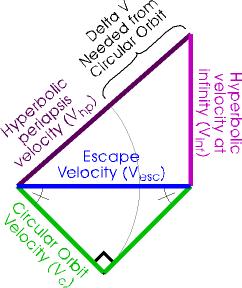samkent":3fr2318g said:
Who needs a wrench that floats on water if it costs $1000? I can buy $3 wrenches at the cheapo store for the occasions where I work around water. That means I can afford to drop 300 of them in the lake and still have enough money left over to go out to dinner. Of course you might expect me to learn my lesson after the first 200 or so.
You will have to come up with something that the masses wants and can only come from up there.
There is nothing you can manufacture up there that can turn a profit in the next several decades.
What I was trying to get across is that manufacturing in space allows us to do things with materials that we have never been able to do before. By annealing a metal, we can assure that the majority of the bonds between the atoms are aligned into crystalline shapes with faces touching, which makes the structure far stronger than when the faces are not aligned. By reinforcing the metal with carbon filaments, and by making the metal a foam, we can produce ultra-strong, ultra-lightweight metal parts, which can be used in automobiles, aircraft, spaceships, bicycles, and tools. This may even eclipse the carbon composite as the strongest building material, at least until the fullerene is perfected, and that will probably have to be manufactured in space
Nor am I considering the mass market, because consumers are going to be too strapped to indulge in things made in space for a long time. But business, especially the transportation business, is going to be buying anything which has the potential of reducing the costs of moving stuff around. Economic necessity is going to drive much of the next industrial revolutions, just as economic necessity forced the development of the steam engine. And, much like the impact the steam engine had on the world, much of what will come about because of space manufacturing is unforeseen at this time.
We have to learn to think in a whole new way to be able to truly understand what is possible in the natural environment of most of the Cosmos. All of our experience is geared toward what happens in a gravity field when we cannot fall, which distorts how things really work. Our expectations, our feed forward, work against us in space, because we believe that a certain outcome will be the result of some action, and we can be totally wrong. People knew that density differences would not have any effect in zero gravity, but no one thought about how that would affect an open flame.
It turns out that our primary source of energy for most of our evolution will not work in space. If a room temperature super conductor is ever discovered, it is quite likely that it will be the result of work done in zero gravity, where practically any substance can be mixed with another. Combine that with the existence of large concentrations of certain materials in clumps of mass floating around the Solar System, and conditions are ripe for innovations and developments which will alter our society.





